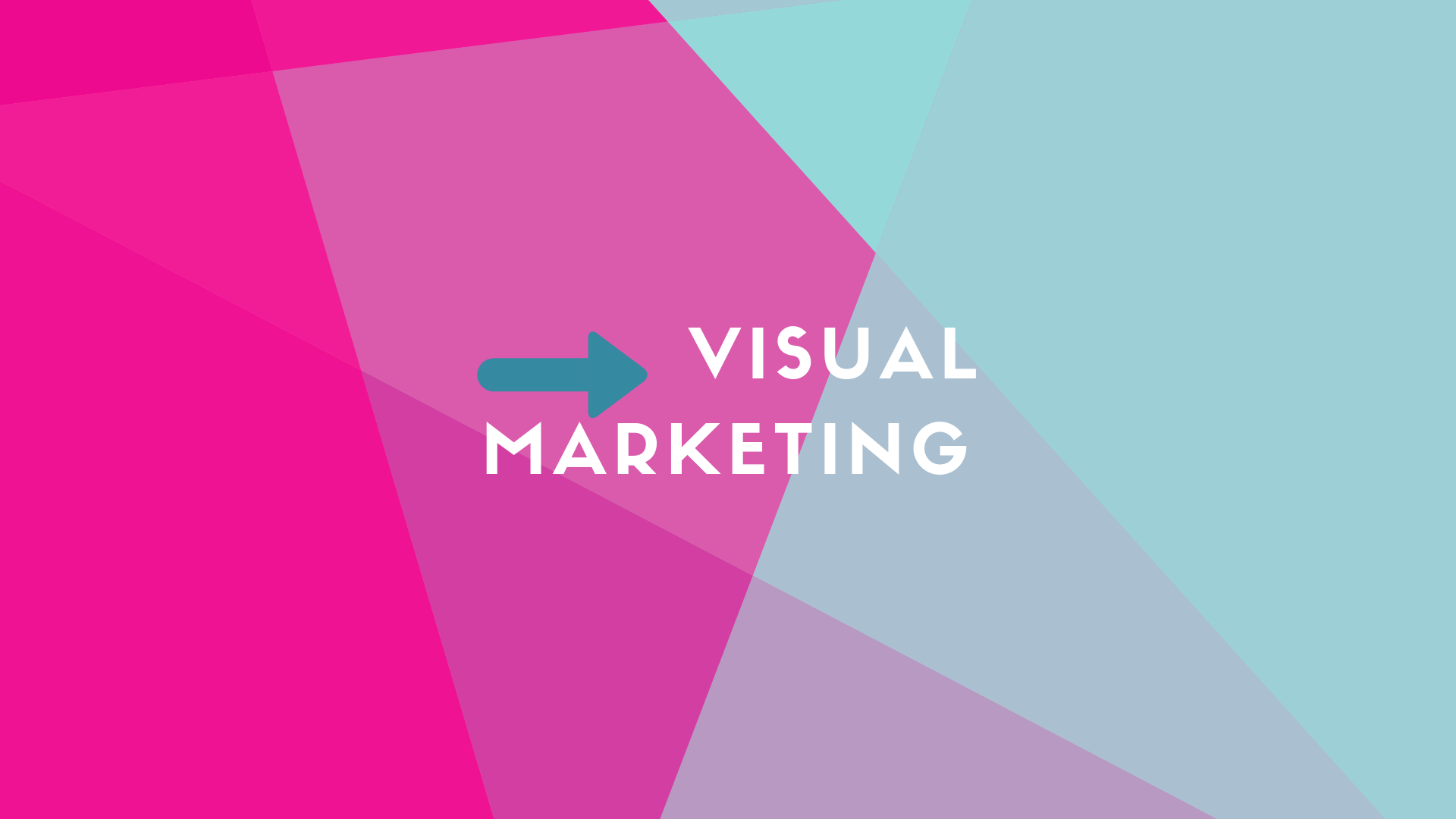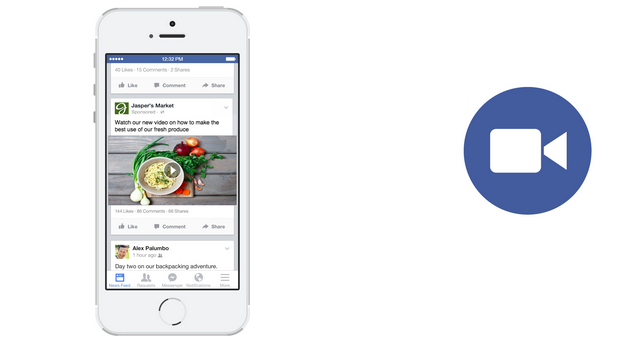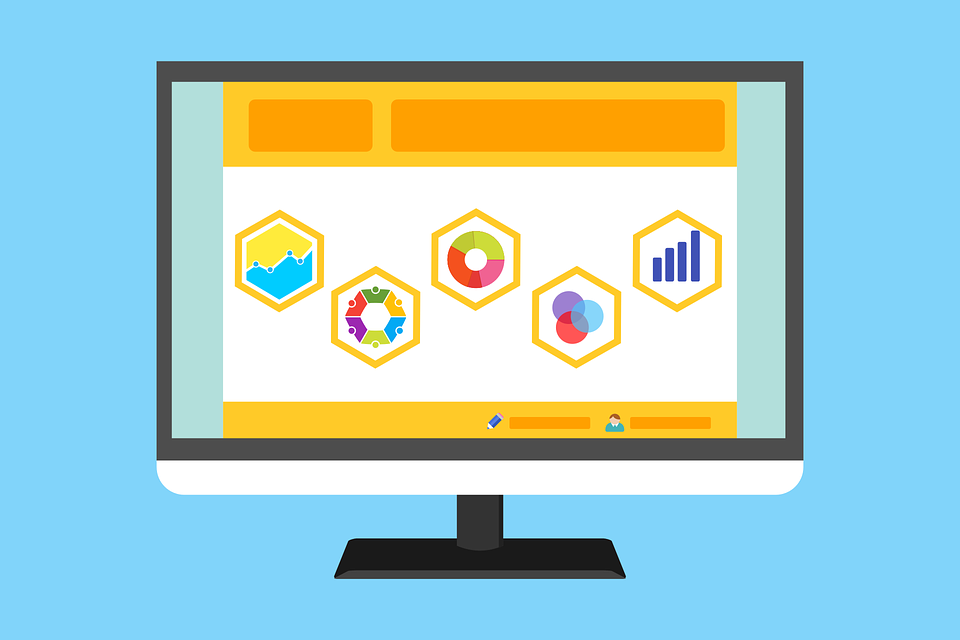You know the saying: a picture is worth a thousand words. This rings especially true when it comes to visual marketing.
Visual advertising should be a key piece of retailers’ marketing strategies and can come in a variety of different forms. Here’s what is, how it works, and why it matters.
What is visual marketing?

At its most basic, visual marketing is the process of using photos, graphics, videos, and other visual content to market a product or service. Brands in every industry can benefit from using visual content in their marketing.
Why is visual content important?
Humans are visual learners. Using visual branding — images, graphics, videos, etc. — across your marketing helps consumers remember information about your brand and keeps you top of mind long after they’ve looked away.
Here are some stats that show just how powerful visual marketing can be:
- When consumers process information paired with relevant images, they retain 65% of that information three days later.
- 93% of human communication is visual.
- People are 80% more likely to read content if it’s paired with colorful visuals.
- Visual content is 40x more likely to be shared across social media.
- Presentations with visual aides are 43% more persuasive.
Types of visual advertising & marketing content
Here are 5 types of visual marketing content that all retailers should consider including in their next campaign.
1. Images.
Let’s start with the basics. Images can be simple and effective tools for marketers across channels. Photos and graphics are a great way to break up written content like blog posts or catch the attention of someone scrolling through their Facebook feed.
Social media posts with images perform better than those without, and articles with images tend to get more views.

Whether you take your own or use stock photos, make sure to use images that align with your brand’s style, products, and message. Remaining consistent with your visual branding across channels helps solidify your brand image in consumers’ minds.
“We analyze how creative is helping the entire account perform so that we can make better recommendations to clients on upcoming creative,” Sarah Sanchez Manager, Performance Social said.

“For example, if they have product photoshoots the following month, we can provide data on whether your lifestyle images perform better on Facebook in comparison to your product images. Maybe it turns out your lifestyle images work well organically but don’t translate as well on the ecommerce side.”
2. Videos.
It’s no secret that video has become an increasingly powerful visual marketing tool in recent years.
According to Wyzowl, 84% of consumers have bought something after watching a video about the product.
Video has a particularly strong reach on social media: Facebook gets 8 billion video views daily, while video on Twitter is 6x more likely to be retweeted than photos.

From product explainer or unboxing videos to more traditional video ads, creating and promoting video content is a great way to highlight your brand and products — especially on social media.
“Video is typically the cheapest of all the ad types on Facebook. The majority of the reason for that is because Facebook is geared heavily towards video and is trying to encourage advertisers to use it as much as possible,” Sanchez said.
“Because of this, they are willing to eat the cost a little bit. Typically, video ads result in much lower CPMs, and have the potential to reach a lot more people for the same price as a static ad. For retailers that have a small budget – video is the best way to introduce people to your brand and get in front of a larger audience for a lower cost than other types of campaigns.”
3. Infographics.
Infographics are visual representations of information about a certain topic. These are a great way to communicate a lot of information in an easy-to-understand way.
This is especially useful when you consider that 65% of people are visual learners — why share a ton of information in a blog post when you could make it easier to process and retain by putting it into an infographic?

Infographics are also one of the most shareable pieces of content: infographics are shared on social media 3x more than other any other type of content.
While infographics can help display complex statistics and data, they can also be visual representations of nearly any topic, qualitative and quantitative alike.
When creating an infographic, marketers should keep it visually true-to-brand and make sure that it’s providing valuable information to consumers, not just advertising a product.
4. Data visualization.
While the terms infographic and data visualization are often used interchangeably, infographic simply refers to any visual representation of topical information.
Data visualization, on the other hand, is a visual representation of a specific point or set of data.
This can be a particularly useful piece of visual marketing for brands whose product yields quantitative results, whether through money saved, pounds lost, or any other numerical result.

If you have the data and research on your product or industry on-hand, data visualization can be a powerful tool to get that data in front of prospective customers in a meaningful and easy-to-digest way.
5. User-generated content.
Social proof is a big part of the way shoppers choose where to shop and what to buy, and visuals play a key role in that. 63% of US shoppers trust user-generated photos more than posts created by the brand itself.
By inviting loyal customers to share visual content, such as product photos and unboxing videos, potential customers can see how real people use your products.

To collect user-generated content, consider adding the option to include photos as part of product reviews on your site, or encourage customers to post photos of their purchase on Instagram and tag your brand’s page.
Shoppers are also more likely to share other shoppers’ content on social media than share brands’ posts and ads.
Making your customers part of your brand strategy not only lessens the work of creating visuals in-house but also creates a brand community that shows you care about your customers’ preferences and personalities.
“We as media consumers have grown so accustomed to seeing candid content while scrolling through social media. This makes branded content stick out like a sore thumb,” Joanna Alter, Co-marketing Manager at Yotpo said.

There is a stark difference in tone between staged ads and the surrounding posts, which means that those ads are easily ignored.”
According to Yotpo, including user-generated content (aka authentic customer reviews and photos) in Facebook ads allows your ads to blend in with the native social content and increases visibility.
“With user-generated content in your Facebook ads, you do not need to say how great your brand is because your happy customers say it for you.”
“Consumers trust the word of past buyers over branded content because it is more reliable and more relatable. In addition to getting more eyes on your Facebook Ads, user-generated content also provides social proof that leads to more clicks and increases the value of each ad to your business.”
Conclusion
While visual marketing trends will undoubtedly change over time as consumer preferences shift, visual content will continue to be an important part of how brands connect with audiences.
Visual content proves to be more shareable, persuasive, and easy-to-understand than written content, making it a key piece of any retailer’s marketing strategy in 2019 and beyond.
You Might Be Interested In












